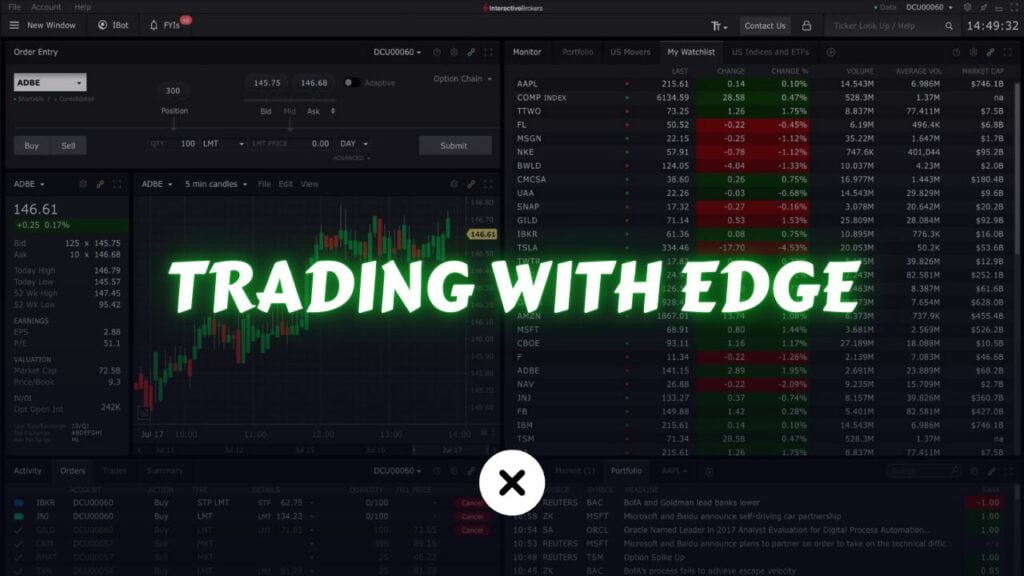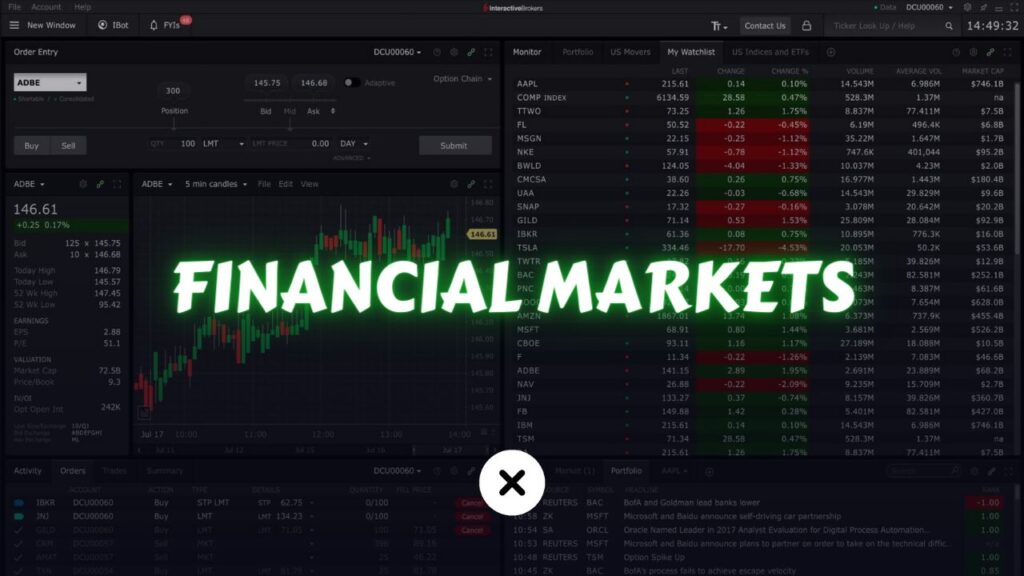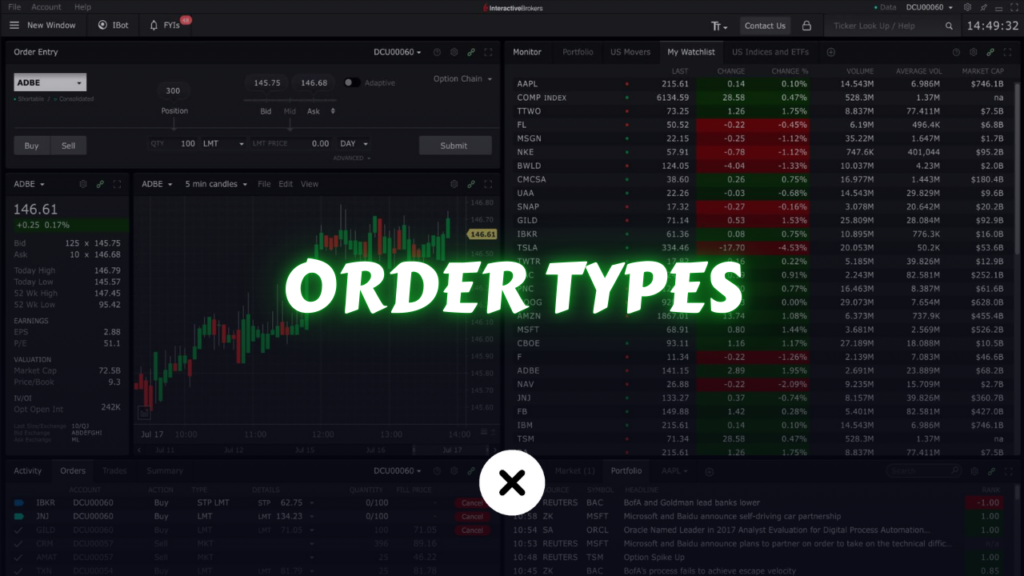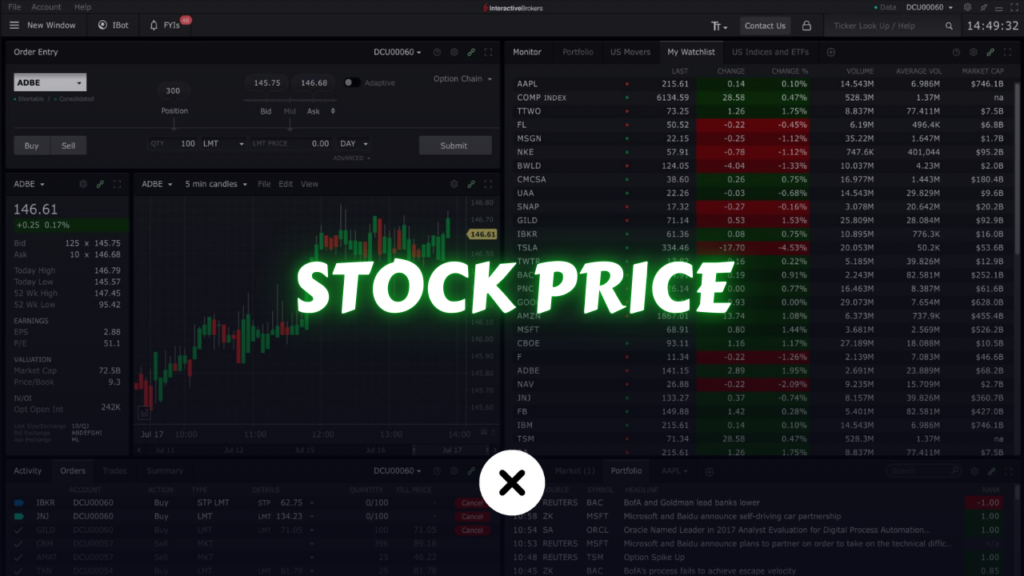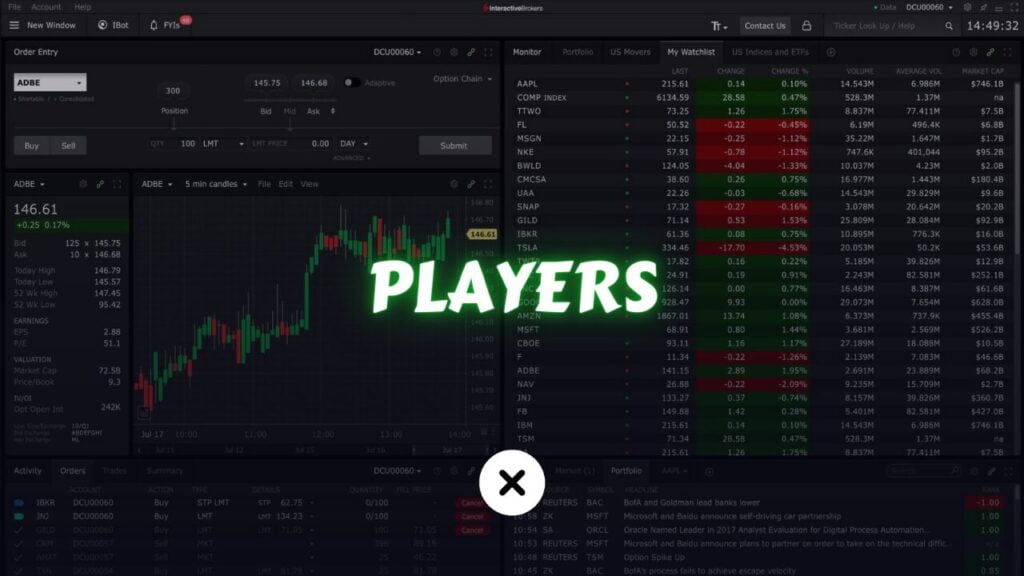In the world of financial markets—be it stocks, foreign exchange (Forex), cryptocurrencies, commodities, or futures—every trader aims for consistent profitability. The concept of expectancy lies at the heart of this pursuit. Yet, many traders overlook its importance or misunderstand what expectancy truly means. In simple terms, your trading system’s expectancy is what you can expect to make or lose (on average) per trade over the long run. When properly understood and applied, expectancy can be the cornerstone of a profitable trading journey.
In this comprehensive, in-depth article, we will explore the concept of expectancy in trading, why it’s so crucial, how it ties in with risk management, how to calculate it, and, most importantly, how you can use expectancy to build a consistently profitable trading system. We’ll cover everything you need to know, from the basic definitions, to practical examples, to insights on avoiding pitfalls that affect your trading edge. Let’s dive in.
What Is Expectancy in Trading?
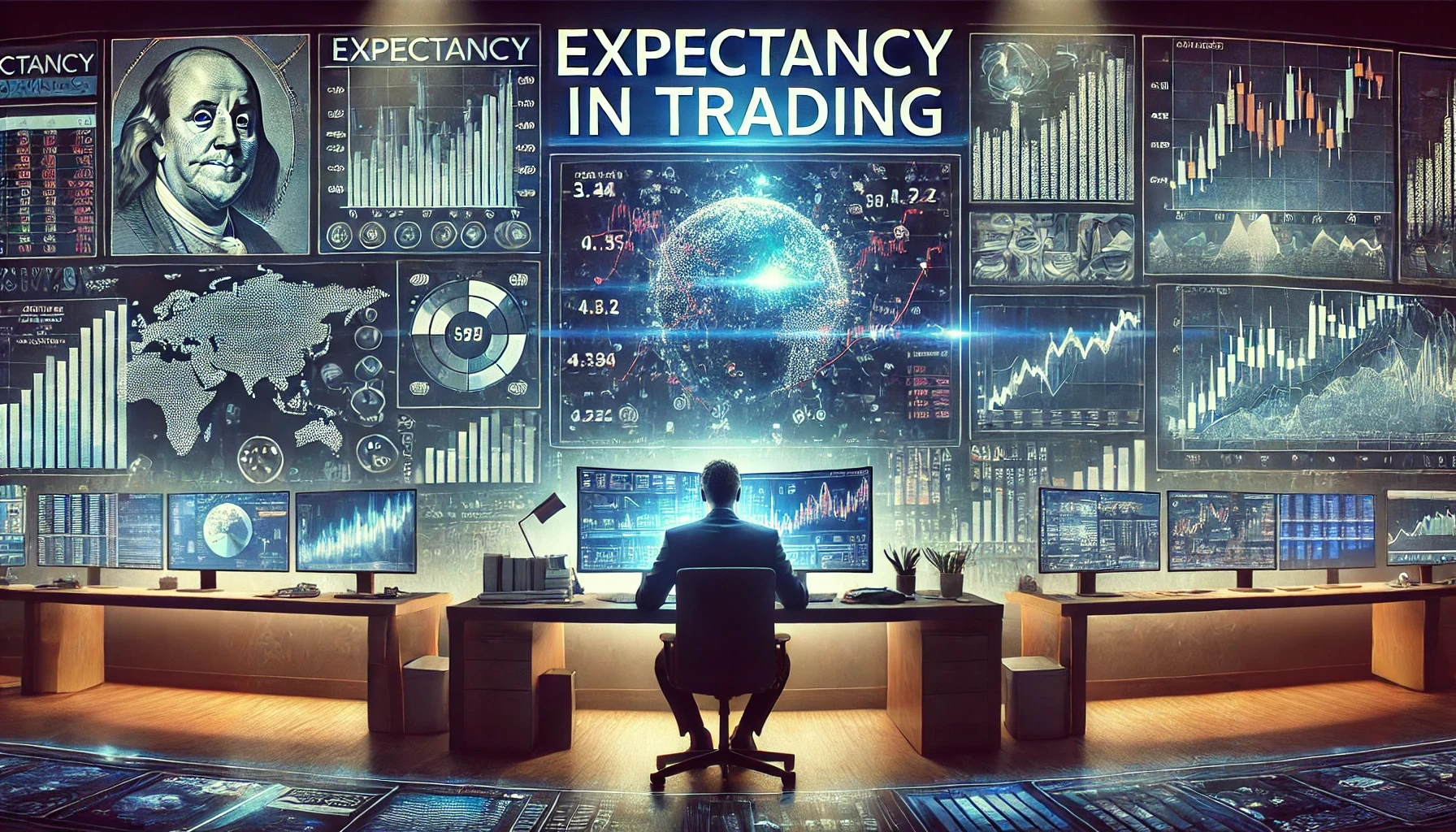
At its core, expectancy in trading measures the average amount you can expect to win (or lose) per trade over the long term. This calculation takes into account both winning and losing trades. It’s not about how much you can make on one trade, but rather what you’re likely to make when you repeat the same trading strategy many times.
When you understand your strategy’s expectancy, you have a realistic expectation for future returns. Instead of placing random trades hoping for a windfall, you rely on statistical evidence indicating whether your trading strategy can yield a profit over hundreds of trades. This shift from “one-hit wonder” thinking to systematic, data-driven decision-making is what separates hobbyist traders from professional ones.
Key takeaway:
If you don’t know your strategy’s expectancy, you’re essentially flying blind. Even if you have a winning streak, there’s no guarantee that your approach is truly profitable in the long run.
Why Is Expectancy Important?
- Guides Decision-Making: Expectancy gives you a framework to evaluate new trade setups. If a setup doesn’t meet your required expectancy threshold, you can skip it, preventing emotional or impulsive trades.
- Improves Consistency: Knowing your expectancy can steady your nerves. Trading can be stressful, and losing streaks are inevitable. A positive expectancy system reassures you that you’re still likely to come out profitable over a larger sample of trades, so long as you stay disciplined.
- Risk Management Foundation: Expectancy goes hand-in-hand with risk management. If your system has a positive expectancy, you can decide how much to risk per trade in a more controlled manner. Conversely, if your system shows a negative expectancy, no amount of good risk management will turn it into a profitable strategy.
- Sets Realistic Profit Goals: Expectancy helps in setting yearly, monthly, or weekly targets that are actually attainable. If you know your average profit per trade and average number of trades per period, you can derive performance targets that make sense—rather than relying on guesswork.
In short: Expectancy is the backbone of profitable trading. Without it, even the best indicators and signals can leave you chasing illusions instead of building true financial gain.
Breaking Down the Expectancy Formula
In simple mathematical terms, expectancy can be represented as:
Expectancy=(P×W)−[(1−P)×L]
Where:
- P = Probability of a winning trade (win rate)
- W = Average profit (in dollars, points, or pips) of a winning trade
- L = Average loss (in dollars, points, or pips) of a losing trade
Another common form of the expectancy formula incorporates risk-to-reward ratio, but the essence is the same:
Expectancy=Win Rate×Average Win−(1−Win Rate)×Average Loss
Interpretation:
- If Expectancy > 0, the strategy has a positive expectancy. Over many trades, you are expected to make money.
- If Expectancy < 0, the strategy has a negative expectancy. Over many trades, you will likely lose money.
Remember, even a theoretically positive expectancy does not guarantee gains on every single trade. Instead, it indicates that on average and over a long series of trades, the system should be profitable—assuming you execute each trade according to your rules.
Understanding Key Variables: Win Rate and Risk-Reward Ratio
Two primary variables shape your expectancy:
- Win Rate (or Probability of Winning)
This is the percentage of trades that end in profit. For example, if you make 100 trades and 40 are profitable, you have a 40% win rate. - Risk-Reward Ratio (or Payoff Ratio)
The ratio between the average size of your gains versus the average size of your losses. For instance, if your average winning trade is $200 and your average losing trade is $100, your risk-reward ratio is 2:1.
There is a typical trade-off between win rate and risk-reward ratio:
- Strategies with a high win rate often have a lower risk-reward ratio. They capture smaller gains frequently.
- Strategies with a low win rate often have a higher risk-reward ratio. They aim for bigger gains but are correct less often.
Either approach can achieve a positive expectancy, but only if the math works out in your favor. It is possible, for example, to have a profitable system that wins only 30% of the time if those 30% winners are large enough compared to the losses. Conversely, you can be successful winning 70% or 80% of the time if you keep your losses very small relative to the average profit.
Factors That Influence Expectancy
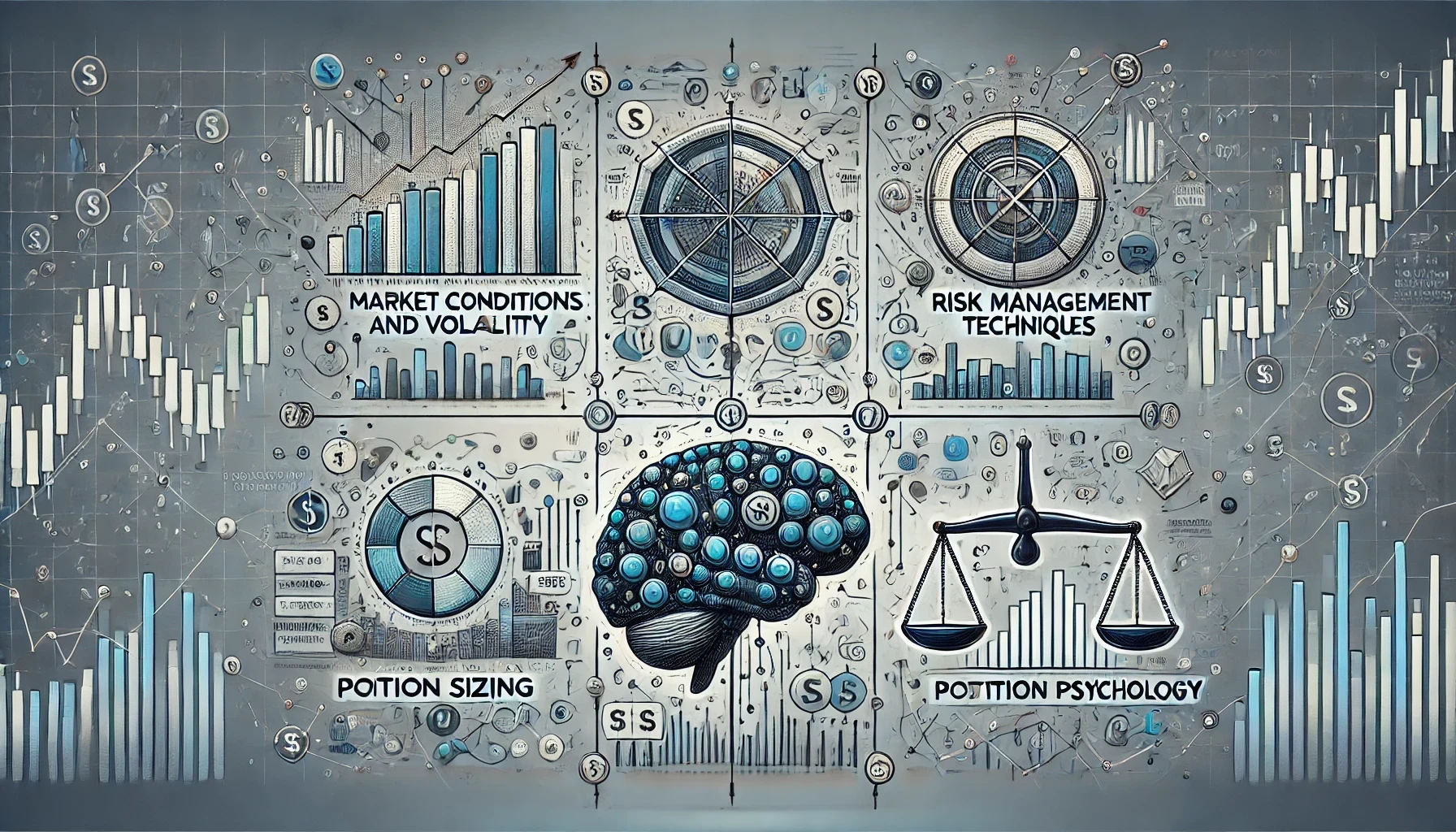
A trading strategy’s expectancy doesn’t exist in isolation. Instead, it’s shaped by a multitude of factors. Understanding these can help you optimize your approach for the best long-term results.
Market Conditions and Volatility
Different markets and different times within those markets will affect your strategy’s performance:
- High Volatility: Usually presents more trading opportunities and can increase the size of both winners and losers.
- Low Volatility: Fewer trading opportunities, but can allow for tighter stops and potentially more precision.
What works in a bull market may not work in a sideways or bear market. Thus, your trading system’s expectancy can fluctuate over time. Adapting to market conditions or focusing on a specific market regime can help maintain or improve expectancy.
Risk Management Techniques
Good risk management is crucial to preserving a positive expectancy. Even a good trading strategy can be destroyed if you let losses run out of control. Common risk management techniques include:
- Stop-Loss Orders: Automatically exiting a trade once a certain loss threshold is reached to cap the downside.
- Take-Profit Orders: Targeting specific profit levels to lock in gains.
- Trailing Stops: Adjusting stop levels upward (for a long position) or downward (for a short position) as the trade moves in your favor.
- Hedging: Using derivatives or correlated assets to offset potential losses.
These techniques don’t just protect your capital; they also help keep your trading system’s expectancy consistent by limiting large outliers on the loss side.
Position Sizing
Position sizing—how many shares, contracts, or lots you trade per setup—plays a huge role in risk control and thus affects your expectancy. Even a strategy with a positive edge can fail if you oversize your positions and one big loss wipes out your gains.
Common position sizing techniques include:
- Fixed Fractional Position Sizing: Risking a certain percentage of your account balance on each trade (e.g., 1% or 2%).
- Fixed Dollar Position Sizing: Risking a fixed dollar amount (e.g., $100 or $200) per trade.
- Volatility-Based Position Sizing: Adjusting position size based on how volatile the asset is.
Choosing the right method ensures consistency and helps protect your capital during drawdowns.
Trading Psychology
Finally, human psychology is often an overlooked factor in expectancy. Fear, greed, impatience, and overconfidence can lead you to deviate from your trading plan. For instance:
- Fear might cause you to exit winning trades too early, cutting down your average profit.
- Greed might lead you to move your stop-loss further away, increasing your average loss.
A robust trading plan, combined with emotional discipline, ensures that your actual trading results match the theoretical expectancy you calculated.
Building a Trading Strategy With Positive Expectancy

Constructing a trading system that has a positive expectancy is both an art and a science. It involves methodical steps of testing, refinement, and disciplined execution. Let’s walk through a practical blueprint:
Step 1: Proper Risk Assessment
Before diving into entries and exits, determine how much you can afford to lose on each trade. This includes:
- Setting a limit on the percentage of your capital at risk (commonly 1-2%).
- Understanding the asset’s volatility (a more volatile asset requires smaller position sizes to maintain the same risk level).
- Deciding on your maximum acceptable drawdown.
Once you know your risk tolerance, you can tailor your entries and exits to align with these constraints. This ensures that even if you hit a losing streak (and you will at some point), you remain in the game.
Step 2: Clear Entry and Exit Signals
A trading system must detail:
- How you enter a trade: This could involve technical indicators (moving averages, RSI, MACD), chart patterns (breakouts, support and resistance levels), or fundamental data (earnings reports, economic releases).
- How you exit a trade: This includes setting profit targets, stop-loss levels, or using a trailing stop. You must define your criteria for both winning trades (take-profit) and losing trades (stop-loss).
Clear signals ensure that you avoid emotional decision-making. For instance, if you say, “I will buy XYZ stock when its 50-day moving average crosses above its 200-day moving average,” you have a testable, repeatable rule that can generate an objective dataset for expectancy calculations.
Step 3: Backtesting and Forward Testing
- Backtesting: Apply your strategy’s rules on historical price data to see how it would have performed in the past. This gives you a preliminary sense of your win rate, average profit, and average loss.
- Forward Testing (Paper Trading): Trade your system in real-time but without putting actual money on the line. This further validates the strategy in current market conditions.
Keep detailed records—trade by trade—to calculate your expectancy. Note that backtesting has limitations: markets change, data quality can be flawed, and historical relationships may not hold in the future. That said, it’s still a critical first step in evaluating a trading method.
Step 4: Constant Optimization and Review
No trading system is “set it and forget it.” Once you have baseline results, continuously monitor performance:
- Review Key Metrics: Keep an eye on your win rate, risk-reward ratio, maximum drawdown, and of course, expectancy.
- Adjust for Market Conditions: You may need to tweak your strategy if volatility changes or if a bull market turns bearish.
- Analyze Outliers: Extremely large winning trades or losing trades can skew your average. Investigate these outliers to understand if they were flukes or if they indicate a flaw or opportunity in your trading plan.
The best traders treat their strategies like evolving projects, always searching for ways to improve or adapt to current market conditions—while being careful not to “over-optimize” or curve-fit.
Common Mistakes That Destroy Expectancy
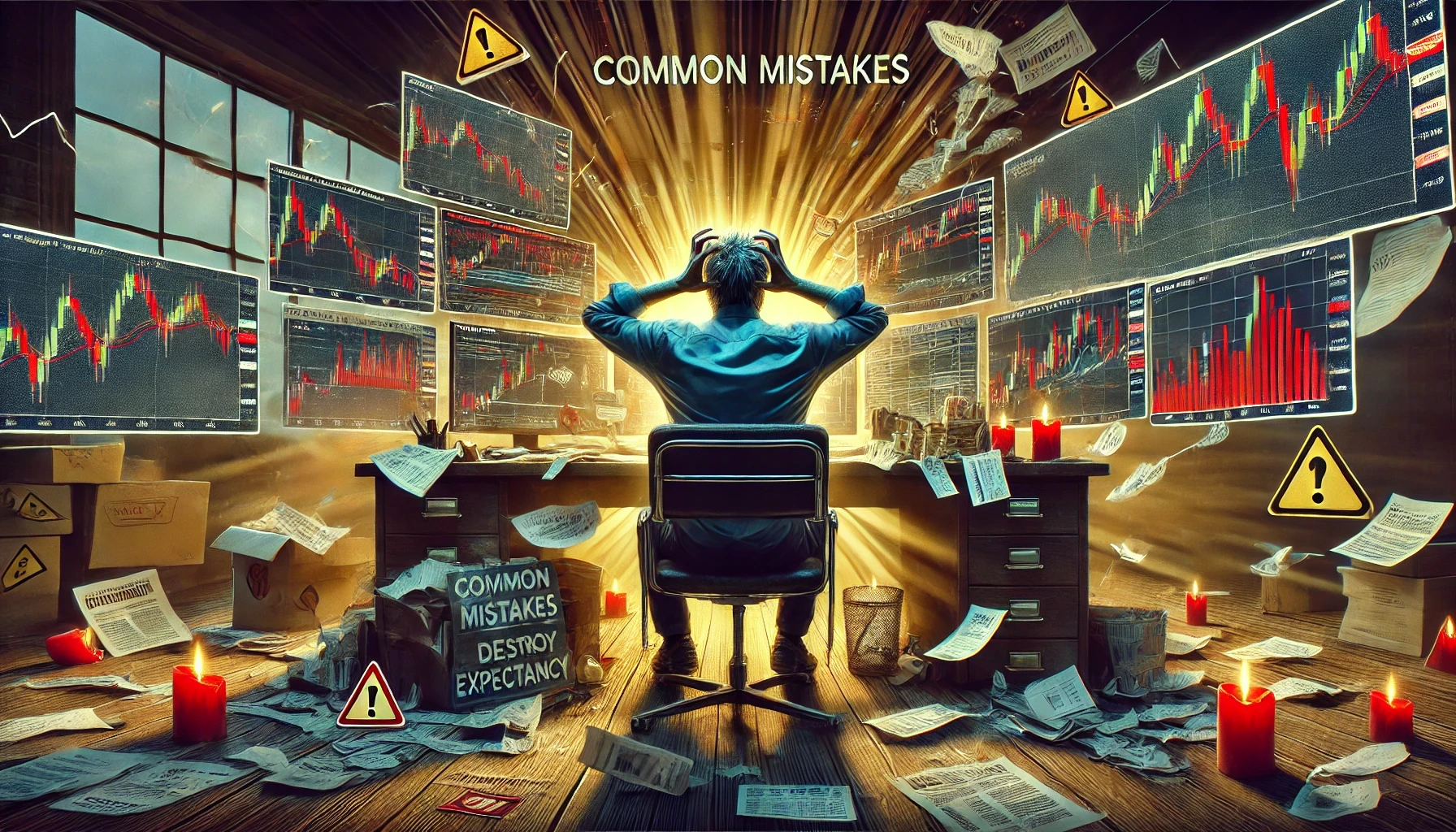
Even if your initial calculations show a positive expectancy, common errors can quickly erode your edge. Here are typical pitfalls:
- Overleveraging: Trading with positions that are too large. A small string of losses can trigger a margin call or massive drawdown, undermining your strategy’s long-term viability.
- Moving Stop-Losses: Lowering your stop-loss after opening a trade (out of fear or denial) increases your average loss and can tank your expectancy.
- Not Taking Profits at Planned Targets: If you consistently exit trades before your take-profit levels (perhaps because of fear), your average gain shrinks, reducing overall expectancy.
- Inconsistent Execution: Skipping trades you should take, or taking trades you shouldn’t, disrupts the statistical edge you identified. The math behind expectancy relies on consistent execution of a well-defined plan.
- Ignoring Commission and Slippage: For high-frequency or short-term strategies, trading fees and slippage can drastically alter your real-world results. Always factor these costs into your expectancy calculations.
- Emotional Trading: Letting fear, greed, or external factors override your system’s rules leads to deviation, which often manifests in negative expectancy over time.
Lesson: Consistency is crucial. The best trading system in the world is worthless if you can’t execute it reliably.
Real-World Examples and Case Studies
To solidify these concepts, let’s explore a few simplified case studies. Assume we’re using a stock trading strategy, and each trade is closed at either a profit or loss with no partial exits.
Example 1: High Win Rate but Low Risk-Reward
- Win Rate: 70% (0.70)
- Average Win (W): $100
- Average Loss (L): $200
Using the expectancy formula:
Expectancy=(0.70×100)−(0.30×200)=70−60=$10
This system yields a positive $10 on average per trade, which means it has positive expectancy. However, notice that losses are twice as large as winners. If your win rate drops (perhaps the market changes), the strategy could quickly turn negative. For instance, if the win rate dips to 60%, the expectancy becomes:
Expectancy=(0.60×100)−(0.40×200)=60−80=(−$20)
Which is negative. Thus, while the system looks good with a 70% win rate, it’s quite sensitive to changes in market conditions that might reduce the win rate.
Example 2: Low Win Rate but High Risk-Reward
- Win Rate: 30% (0.30)
- Average Win (W): $300
- Average Loss (L): $100
Expectancy=(0.30×300)−(0.70×100)=90−70=$20
Here we have a 30% win rate, which can be psychologically challenging. You will lose 7 out of every 10 trades on average. However, because each winner is 3 times bigger than each loser, the system still has a positive expectancy of $20 per trade.
Traders must be mentally prepared to handle many consecutive losses. But the math says that if they stay disciplined, the occasional big winners will offset the frequent, smaller losses.
Example 3: Balanced Win Rate and Risk-Reward
- Win Rate: 50% (0.50)
- Average Win (W): $200
- Average Loss (L): $100
Expectancy=(0.50×200)−(0.50×100)=100−50=$50
With a 50% win rate and a 2:1 risk-reward ratio, this system has an expectancy of $50 per trade. It’s easier psychologically than a 30% win rate system because you’re winning half the time. Also, it’s less vulnerable to minor shifts in the market than the 70% system with a poor risk-reward ratio.
Takeaway: These examples show that a system can be profitable under different combinations of win rate and risk-reward. What matters most is that the net result is positive—and that you can stick to the system’s rules in real trading.
Frequently Asked Questions (FAQs)
1. How many trades do I need to confirm my system’s expectancy?
There’s no one-size-fits-all number. However, a minimum of 30 to 50 trades is often recommended for basic statistical relevance, though 100+ trades is better for more reliable data. The more trades you include in your sample, the more confident you can be in your system’s expectancy.
2. Can I trade a system with a negative expectancy if I have good money management?
No. Money management can help you survive drawdowns but cannot transform a fundamentally unprofitable system into a profitable one. If your expectancy is negative, you will likely lose money over time no matter how small your trades are.
3. Is a higher win rate always better?
Not necessarily. A higher win rate often comes with a lower risk-reward ratio. What’s important is the balance between how often you win (win rate) and how much you win relative to how much you lose (risk-reward). Even a strategy with a low win rate can be profitable if its winners are large compared to its losers.
4. How do I handle market changes affecting my strategy’s expectancy?
Regularly review and update your strategy. Keep track of your metrics—win rate, average win, average loss, maximum drawdown, etc. If you see a significant, prolonged dip in performance, investigate potential reasons (change in volatility, shift in economic conditions, etc.). Adjust stop-loss levels, position sizing, or entry criteria if necessary, but avoid knee-jerk reactions. Thoroughly test any modifications before applying them to real trading.
5. What role does technical analysis or fundamental analysis play in expectancy?
Both technical and fundamental analyses are ways of generating trade setups. The type of analysis you use is less important than whether it leads to a consistent set of rules that produce positive expectancy. Some traders blend both technical (charts, indicators) and fundamental (economic data, earnings) factors, while others rely solely on one approach. The end goal is the same: create trades that result in a positive net outcome over the long term.
6. Can algorithmic traders benefit from expectancy?
Absolutely. Algorithmic trading relies heavily on statistical modeling, backtesting, and systematic rules—perfect conditions for applying expectancy. In fact, many quantitative traders focus extensively on calculating and optimizing expectancy in their automated strategies.
7. Why do many traders fail despite knowing about expectancy?
Knowing the concept of expectancy is one thing; actually applying it consistently is another. Emotional trading, overleveraging, ignoring drawdowns, and failing to adapt to market changes can all sabotage even a theoretically profitable system. Discipline and good risk management are just as crucial as the theoretical knowledge of expectancy.
Conclusion
Expectancy in trading is far more than just a formula—it’s the bedrock of consistent, long-term profitability. By quantifying how much you stand to make or lose on an average trade, you gain a clear lens into your strategy’s viability. From there, everything else—risk management, position sizing, psychological control—aligns to protect and maximize that expectancy.
A systematic approach can make all the difference:
- Define your trading strategy’s rules clearly.
- Test these rules extensively through backtesting and forward testing.
- Measure your key metrics, including win rate, risk-reward ratio, and of course, expectancy.
- Maintain discipline in execution to preserve the statistical edge you’ve worked hard to establish.
- Adapt and refine your approach as markets evolve, without over-optimizing based on past data alone.
When your trading decisions are grounded in a well-researched, data-driven strategy with a positive expectancy, you can navigate the inevitable ups and downs of the market with confidence. Even during losing streaks, you’ll have the reassurance that over the full series of trades, your method will more than likely come out ahead—provided you stick to the plan and stay disciplined.
In a field flooded with indicators and opinions, focusing on expectancy helps you cut through the noise. It pushes you to answer the most important question: “Over the long run, does my system really make money?” If the answer is yes—and if you have the discipline to follow that system—then you’ve discovered the key to unlocking consistent profits in trading.
Ultimately, mastering expectancy isn’t just about crunching numbers; it’s about forging the mindset and methods that enable you to be a professional, rather than a gambler, in the financial markets. By learning and applying the principles laid out in this article, you’ll stand far above the majority of market participants—and find yourself well on the path to steady, compounding growth in your trading career.
